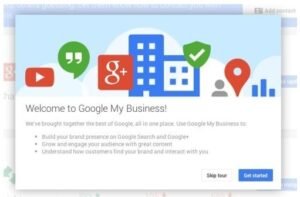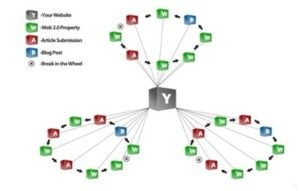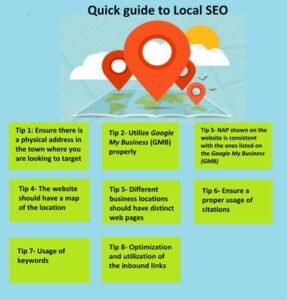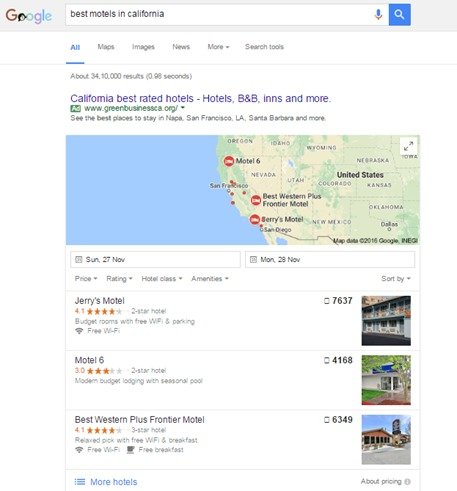Back in August 2015, when Google decided to roll out its latest changes in local search history, there was a sudden wave of articles and books being published by the SEO experts around the world that identified the potential of ‘Local SEO’ and how it could change the dynamics of the industry for the better. Lately, it has become one of the most effective and essential way for businesses around the world to gain an edge over their competitors.
The changes that were brought about by Google were as follows. So, when a user would search for a business or a local premise or a service provider, the result would reflect the three main search results instead of seven as in the previous case. However, there were no changes made to the Google Map that was shown alongside the search results.
Thus, the ‘3-Pack’ was replaced by the ‘7-Pack’. The changes that were incorporated implied that, the user-experience would become way more user friendly than what it was prior to the changes. The flip side of the coin implied that there would be more competition among the businesses now to capture the first three spots to ensure visibility and the continued benefit derived from SEO.
Thus, the changes made sure that Google could work on fulfilling their long term commitment to its users by improving its overall user experience.
So as the quick guide for businesses says, businesses need to keep adapting to the ever-changing, dynamic factors that may threaten their existence, for the longevity of the business and for their future.
To assist you to adapt to the changes, the team at Learnbea has mentioned a few points and quick tips that could help you optimize your SEO process.
They are as follows:
Tip 1- Ensure there is a physical address in the town where you are looking to target
It is essential to make sure that you have a constant physical address in the region you wish to optimize your processes in. Moreover, the exact address that your premises are located in, should be as close as possible to the area that you are targeting.
Tip 2- Utilize Google My Business (GMB) properly

Google My Business (GMB) is a dashboard that would contain all your information about your business in one place. If the information you put is accurate and relevant to your business and if the tool is used effectively, it will assist you scale up your operations massively.
Thus, to ensure this, make sure:
- Your Google My Business (GMB) details are mentioned completely and correctly with appropriate, relevant and reliable information.
- The address you’ve listed in Google My Business (GMB) has been verified by the owner.
- The specific city or town that you intend to target is included in the Google My Business (GMB) landing page title.
- The primary categories listed in Google My Business (GMB) are consistent and accurate with your product, and are matching with a broader search category.
Tip 3- NAP shown on the website is consistent with the ones listed on the Google My Business (GMB)
Other than the physical address, it is also essential that the NAP or the Name, Address and the Phone Number (NAP) is the same as the actual name of the business and wherever the details appear online- Google My Business (GMB), Google+, websites or any other directory listings.
Tip 4- The website should have a map of the location
To optimize the SEO process, it is extremely essential that the website includes the map of the actual premises along with the address listed.
Additionally, any essential information that you would want to communicate to any user should also be listed.
These may include:
- Store opening or closing hours
- Driving directions to the facility or the premises from any well-known landmarks
- Links should be mentioned for direct calling
- Any other contact details- links that redirect to the customer page on Social Media channels
Click here to view the source code to include the map on your website
Tip 5- Different business locations should have distinct web pages
You must look to create, distinct web pages for the different locations. These websites should be optimized appropriately for the locations that they have been designed for.
Tip 6- Ensure a proper usage of citations
Citations in global, regional or local directories are extremely essential for a smooth, effective and a fully optimized SEO process.
While considering citations, kindly ensure that:
They are reliable and consistent.
- The citations that you are using are from websites that are renowned for their quality.
- You should constantly try to find a path to get your services and business mentioned or included in the local tabloids and newspaper articles and blog posts.
Tip 7- Usage of keywords
Use relevant keywords that reflect the nature of your business in the Google My Business (GMB) business title, in the domains, in the content highlighted on the website and in reviews included on the website.
Tip 8- Optimization and utilization of the inbound links

Source: Wikimedia
The business must be recognized in the local neighborhood to ensure that it has a good reputation and goodwill in its name. For this, even links from other websites can prove to be significant.
There are numerous ways using which a website can get links. Some are listed below.
- Sponsoring a webinar or a meetup for users
- Hosting a community event that is expected to garner attraction from newspapers
- Having a good diversity of inbound links to the domain you are using

